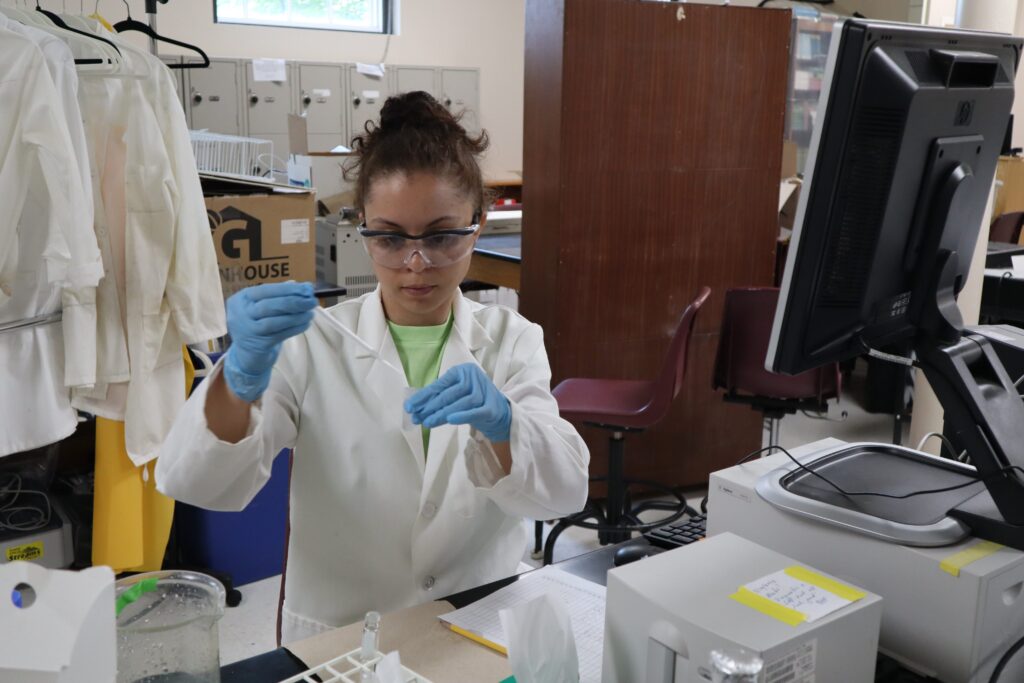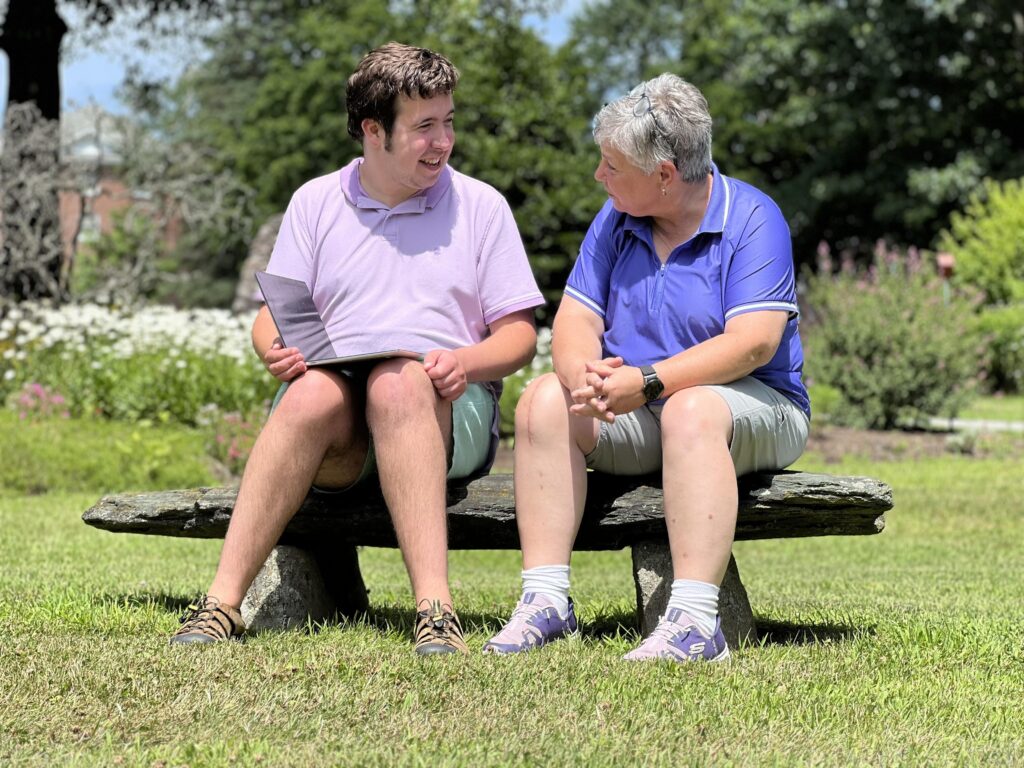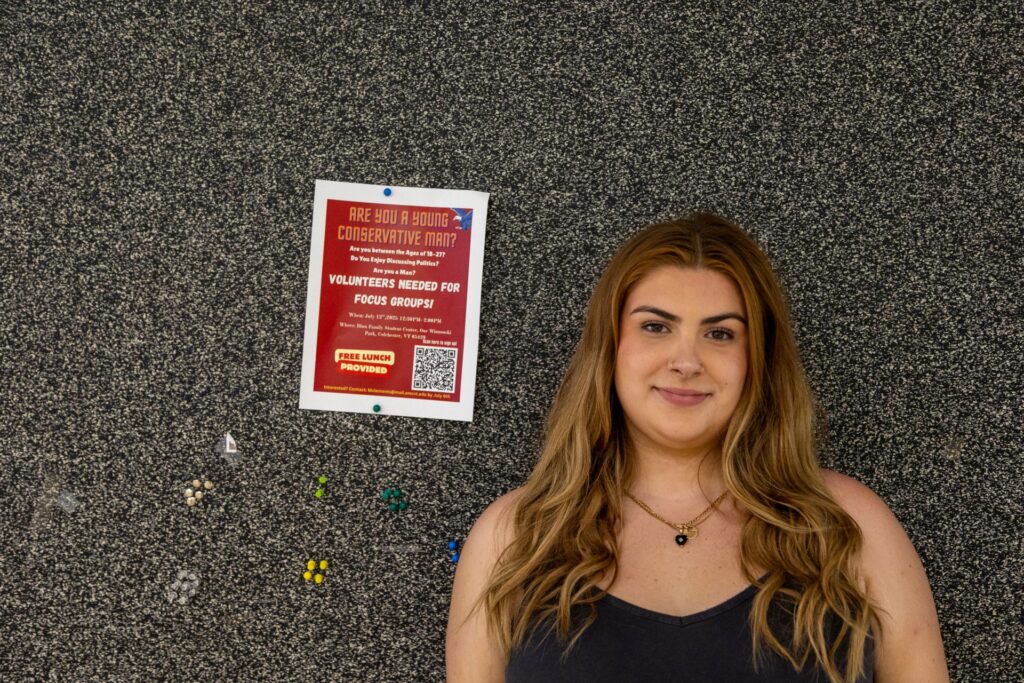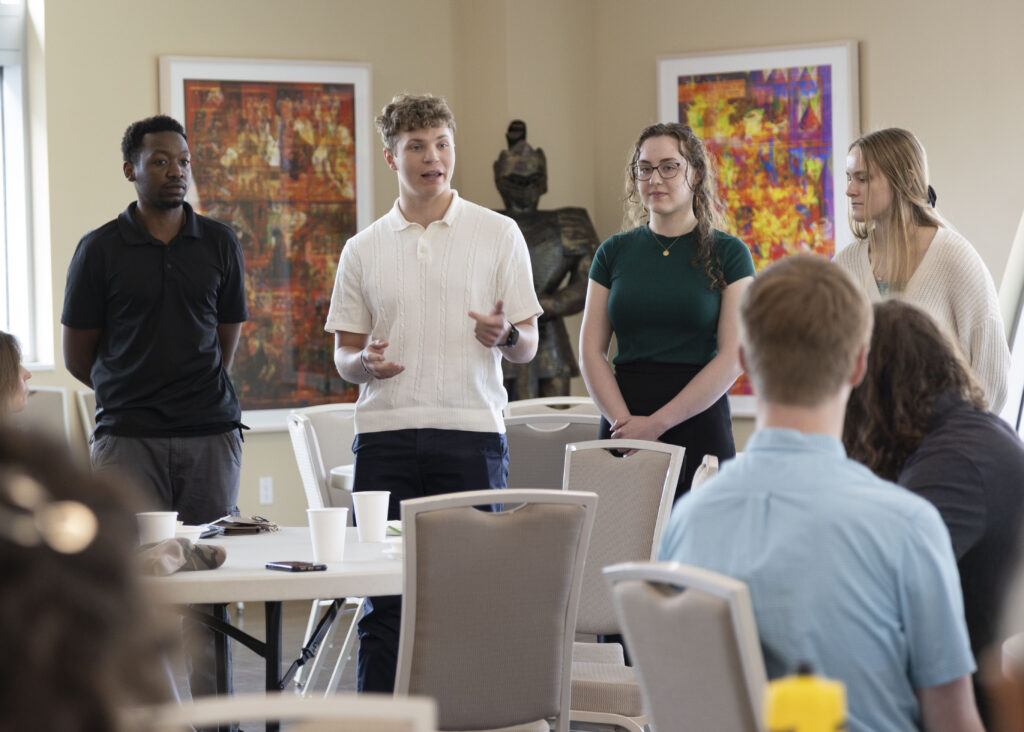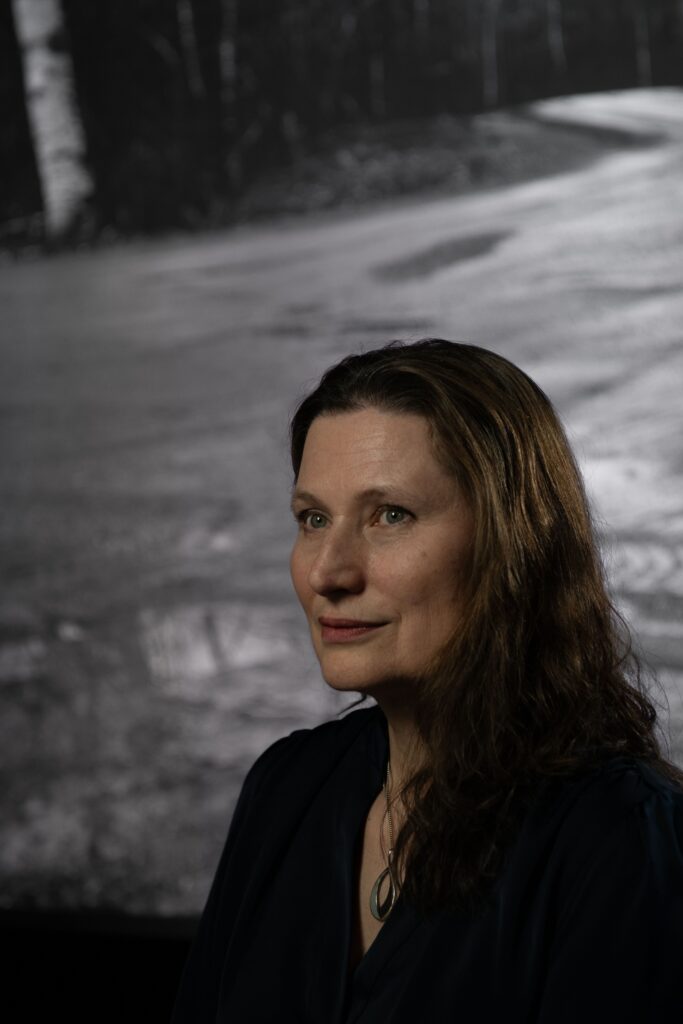Studies of teeth and primates brought Saint Michael’s professor to Malaysian Borneo this summer
This past August, Professor of Biology Paul Constantino ’92 visited Malaysian Borneo for a two-
week-long excursion full of presentations, primates, and teeth.

Biology Professor Paul Constantino ’92, left, and Emeritus Biology Professor Peter Hope pose for a selfie during their travels in summer 2023 to Malaysian Borneo. (Photo courtesy of Paul Constantino)
While the initial motivation for the trip was to present his research on enamel tufts in primates at the International Primatological Society (IPS) meeting, Constantino also had the opportunity to engage in the exciting biodiversity that Malaysian Borneo has to offer.
“This was a conference I had long wanted to attend, and it only occurs every other year,” he
said. “A student and I were accepted to attend in 2020 in Quito, Ecuador, but that conference
was unfortunately canceled due to Covid-19.”
While the IPS meeting has become increasingly concentrated in behavior and conservation in
recent years, Constantino explained that his presentation centered around tooth morphology,
particularly the presence of enamel tufts in primate teeth. According to Constantino, enamel tufts are small cracks that exist in the teeth of certain mammals (such as pigs, sea otters, and humans) but not others.
“This presentation examined more than 20 primate species to see whether [enamel tufts] are common in our closest relatives,” he said.
Constantino and his researchers have conducted experiments which indicate that enamel tufts
may protect our teeth from “catastrophic failure,” particularly when consuming hard foods, he
said. He explained that through understanding which primates have tufts, scientists can gain a
better understanding of how they evolved.
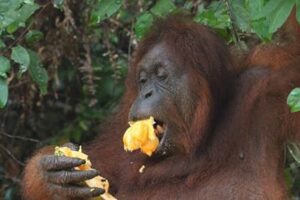
On their travels to Malaysian Borneo in summer 2023, Biology Professor Paul Constantino ’92 and Emeritus Biology Professor Peter Hope looked for primates in the wild. (Photo courtesy of Paul Constantino)
“For example, all of the great apes appear to have these tufts, so this seems to be a conserved trait among our closest relatives,” Constantino said.
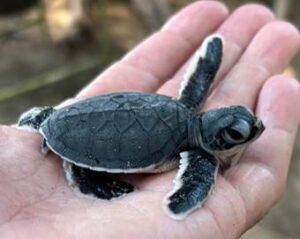
A small turtle was one of the things seen by Biology Professor Paul Constantino ’92 and Emeritus Biology Professor Peter Hope during travels to Malaysian Borneo in summer 2023. (Photo courtesy of Paul Constantino)
Beyond the evolutionary implications of his research, Constantino believes that there are
applied implications as well – including in modern dentistry.
“We think these structures tell us more about how teeth break, and by knowing this, we can potentially improve dental techniques, such as improving the construction of artificial tooth crowns, developing new techniques for monitoring the growth of these cracks, or finding ways to repair already damaged teeth,” he said.
He added, “Nobody knows much about these tufts, so this presentation was meant to spread the
word among primatologists that these things are important and should probably be studied
further.”
Outside of the IPS meeting, which lasted for about a week, Constantino had the opportunity to explore the immense biodiversity of Malaysian Borneo with retired Saint Michael’s Botanist and Professor, Peter Hope. In their free moments, the pair searched for orangutans, proboscis monkeys, birds, frogs, butterflies, and pitcher plants, to name a few. They also visited a museum containing a few of field biologist Alfred Russel Wallace’s original collections pertaining to his work with evolution by
natural selection.
“Borneo is such a cool place for biologists,” Constantino said. “There was so much to see, I just
wish we had been able to stay a little longer!”
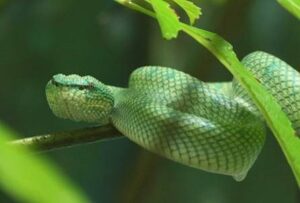
On their travels to Malaysian Borneo in summer 2023, Biology Professor Paul Constantino ’92 and Emeritus Biology Professor Peter Hope enjoyed some of the local wildlife. (Photo courtesy of Paul Constantino)
